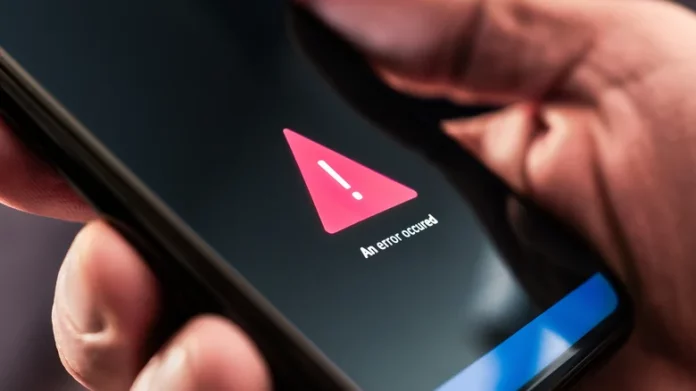Imagine most of your phone being secure and free from malicious snooping—except for the pixels on its screen. This is the concept behind “pixnapping,” a newly discovered form of attack identified by U.S. researchers from several universities. A malicious app tricks the system into leaking digital pixel data “one pixel at a time” using transparent layers. It exploits Android’s application programming interfaces (APIs) to reconstruct layered screen captures. Although this might sound minor, hackers can use this method to steal sensitive information such as two-factor authentication (2FA) codes. Remarkably, this technique can siphon such data within 14 to 25 seconds—just enough time to hijack a 2FA code before it expires after 30 seconds, thus bypassing secure accounts.
There is some reassuring news, as Google has already released a patch that partially mitigates the problem. This update restricts the actions an app can perform using the blur function, which enables transparent layers—an essential element in the pixnapping attack. However, researchers have found a workaround. Carrying out this attack is not simple; it requires installing and opening a malicious Android app. Alarmingly, the app doesn’t need any special permissions to execute the attack. Google is planning to issue an additional patch in the December Android security bulletin. Until then, the vulnerability remains exploitable on many devices, including Samsung and Google Pixel models tested by the researchers. Given the recent discovery of over one million Android devices infected by secret backdoors and thousands of users installing infected apps, patching these security holes has never been more urgent.
How does the pixnapping attack work? A pixel is a tiny dot that forms the images you see on your phone display. Millions of such pixels combine to create the full picture. Pixnapping works by isolating these pixels one by one and then reconstructing the image to reveal what is on the screen. This attack doesn’t only threaten 2FA codes; it can rebuild any sensitive content shown—such as messages from encrypted apps like Signal, although such reconstruction can take 25 to 42 hours, as demonstrated by the research team.
The attack exploits Android Intents—core system components that facilitate communication between apps and devices, like sharing photos or files. An Intent functions as a request from one app to another to perform an action or interact. Pixnapping leverages this mechanism to stack transparent windows over the app it targets, capturing subtle pixel and color changes to recreate the screen content. Although the user must install and open a compromised app first, attackers could disguise such apps as legitimate ones to deceive users.
Vulnerabilities like those behind the pixnapping attack are common today, fueling an ongoing cat-and-mouse game between malicious hackers and developers or ethical white-hat hackers. For example, one of the most sophisticated iPhone hacks ever utilized a hidden hardware feature in the Pegasus attack, which required no user interaction and exploited iMessage. While Apple patched that vulnerability, new attacks continue to emerge and be exploited by hackers worldwide.





